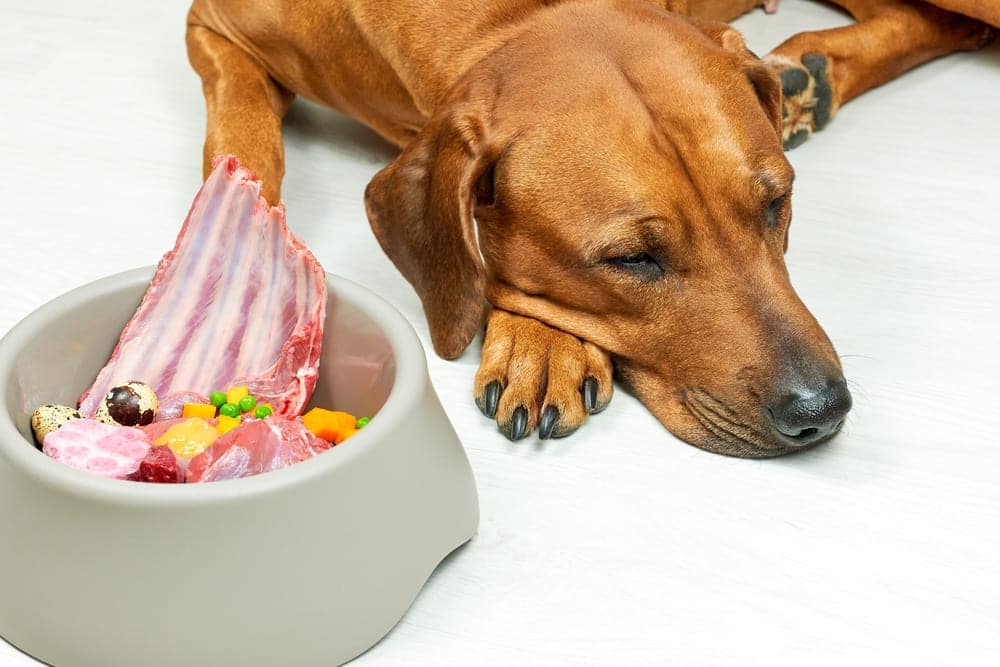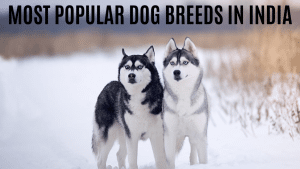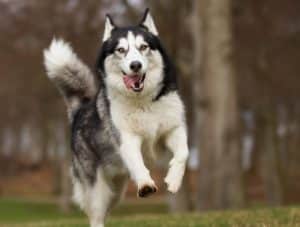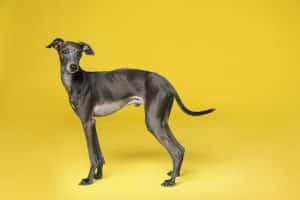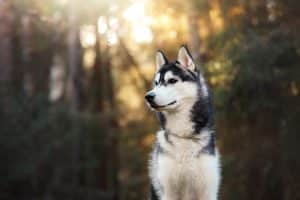Here’s a breakdown of why your dog may lose appetite, how to handle it, and key takeaways:
Reasons Why Dogs May Not Eat
- Stress: New situations, changes in routine, or anxiety can lead to decreased appetite.
- Sexual Arousal: Hormonal fluctuations can affect appetite during heat cycles or for males sensing females in heat.
- Eating Habits: Overly indulged dogs may become picky eaters.
- Dietary Changes: Abrupt food switches can cause temporary refusal.
- Poor Food Quality: Spoiled food is naturally unappealing.
- Hot Weather: Dogs may eat less in the summer heat.
- Parasites: Internal parasites can impact overall health and appetite.
- Medical Conditions: Illness is a major reason for a dog not eating. This could range from minor issues to serious diseases like piroplasmosis.
What to Do
- Observe Carefully: Monitor for other symptoms (lethargy, vomiting, etc.) and the duration of the appetite loss.
- Rule Out Simple Causes: Check if the food is fresh, consider recent stressful events, or a new diet.
- Try Enticement (if healthy): For picky eaters, temporarily adding a bit of tasty broth or wet food can help.
- Increase Exercise: Healthy dogs with good appetites get hungry after activity.
- Vet Visit: This is crucial if the appetite loss persists, there are other symptoms, or you suspect illness.
Key Takeaways
- Loss of appetite is often a sign something is wrong – don’t ignore it.
- Context matters: Is the dog simply stressed, being picky, or is illness likely?
- When in doubt, consult your vet. Timely diagnosis is key for serious health issues.
- Prevention is important: Healthy routines, regular checkups, and parasite prevention help maintain overall well-being and good appetite.
Reasons Why Is My Dog Not Eating:
Regular consumption of food is very important for animals. It gives strength and energy and saturates the body with useful vitamins and microelements.
A balanced diet is essential to maintain health. As a result, when a dog refuses food for a long time, it negatively affects its condition. So, let’s know why my dog not eating.
Stress:
Throughout their lives, dogs often find themselves in situations that can cause increased nervous tension.
These include weaning from the mother, change of owner, various trips and travels, being alone for a long time, overly strict training, participation in exhibitions and competitions, etc.
One of the manifestations of stress in animals with anxious behavior may be a decrease in appetite or refusal to eat. Such pets need increased attention from the owner, as well as training in special relaxation skills and behavior aimed at relieving anxiety.
Sexual Arousal:
In females during estrus, under the influence of hormonal changes, appetite may noticeably decrease. After the end of the heat, the dog will return to its normal diet.
Some males, having met a female in heat on a walk or smelled her marks, may behave restlessly for several days and even lose their appetite. To reduce the discomfort from such encounters for both dogs and their owners, it is advisable to sterilize animals not involved in breeding.
Eating Disorders:
If a healthy dog is reluctant to eat his food at feeding time, it is possible that he will have time to satisfy his hunger at another time.
Dogs whose owners worry too much about feeding their pets, at the slightest decrease in appetite, strive to make their food more tasty, and also constantly feed them throughout the day, can have capricious eating behavior.
As a result, the pet gets used to eating only treats and receiving them on its own request at any time. This problem can be eliminated by strictly following the feeding regimen and following a specially selected diet.
Conflicts Between Dogs:
Competition for food is quite common among dogs living in the same household. An animal with a high hierarchical status may drive a lower-ranking dog away from the bowl and even prevent it from approaching the feeding area. In such cases,
the owner needs to control the behavior of the pets during feeding, and if a low-ranking dog experiences severe fear and is nervous while eating, feed them separately.
Change of Diet:
An excessively rapid transition to a new type of feeding, changing the food line or brand of food can lead to a decrease in the animal’s appetite or even a refusal of unfamiliar food. To avoid this, the transition to a new food should be carried out without haste, gradually increasing the content of the new food in the daily portion and proportionally reducing the amount of food the dog is accustomed to.
Poor Quality Food:
If the dog refuses food that it previously consumed, you should make sure that the food has not spoiled. It is necessary to monitor the shelf life of prepared feeds and store them in accordance with the manufacturer’s recommendations.
Even dry food with a fairly long shelf life can, if storage conditions are not met, change the smell, become moldy, or go rancid.
Hot Weather:
A dog’s appetite in the summer, during intense heat, may decrease noticeably. This behavior is a variant of the norm. There is no need to force your dog to eat or feed it treats.
The owner will help the pet endure hot days more easily if he provides him with the opportunity to rest in a cool place, provides free access to drinking water, temporarily reduces single portions of food, and changes the time of walks so that the main exercise occurs during the least hot hours.
However, if the dog refuses to eat for more than two days or noticeably loses weight, it is better to contact a veterinary clinic to rule out possible health problems, and also get advice from a specialist on feeding the animal.
Parasitic Diseases:
Piroplasmosis is a seasonal natural focal parasitic disease, the causative agent of which is transmitted through the bites of ixodid ticks. Refusal to feed is often the first sign of infection.
Then it is joined by weakness, lethargy, shortness of breath, pallor of visible mucous membranes, and increased body temperature.
With significant infection, yellowness of the mucous membranes and dark color of urine appear. Without timely treatment, the disease leads to the death of the dog.
What To Do If My Dog Not Eating?
If your dog is sick and refuses to eat, visiting a veterinary clinic is the only right decision. Any pet owner needs to carefully monitor their pet.
If refusal to feed is caused by a simple reluctance to eat certain foods, for example, a protest against dry foods instead of natural ones, you can cheat a little.
Dry food is added to the pet’s usual food, or mixed with any treats (cottage cheese, cheese, meat). Gradually, natural food is completely removed from the dog’s diet, leaving only a dry analog. It may take 5 to 10 days to accustom an animal to dry food.
To ensure that your pet always eats his lunch with pleasure, you should increase the dog’s physical activity. As a rule, an animal that has run to its heart’s content will gladly eat everything that its owner offers it. You can walk older dogs more, but in no case overload the animal, otherwise, your four-legged friend will increasingly refuse food.
Conclusion:
A stable good appetite is one of the important indicators of an animal’s health. Even if a dog appears healthy, refusing food most often indicates the need to carefully analyze its diet and lifestyle.

